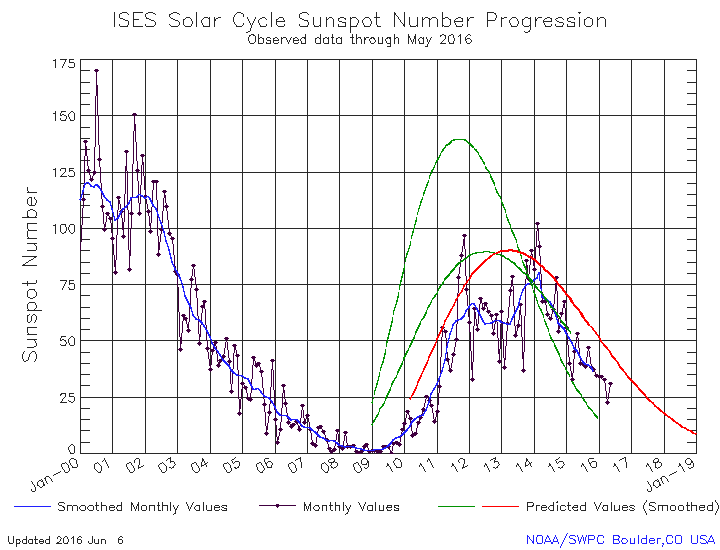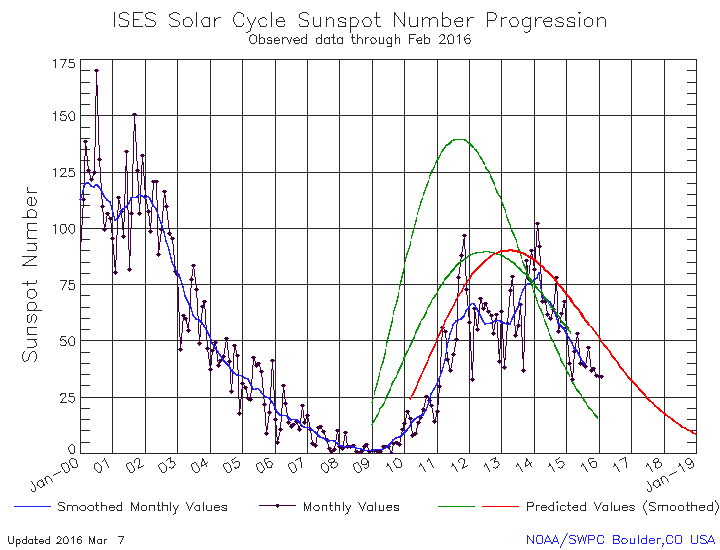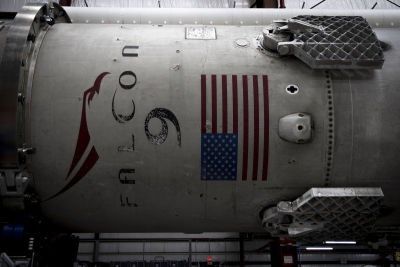There is a commercial space conference going on in Colorado this week, which explains the plethora of breaking stories from the new commercial space companies both yesterday and today.
Two stories today from Aviation Week, however, are more about the old big space industry and the old way of doing things, and both reveal the hollow nature of that entire effort.
Both stories are about work Lockheed Martin is doing in connection with its Orion capsule, and both try to convince us that this capsule is going to be the central vehicle for the first missions to Mars.
Function starts in the bones of the spacecraft,” [Mike Hawes, Lockheed Martin vice president and Orion program manager,] said in an April 12 interview at the 32nd annual Space Symposium here. “To be a deep space spacecraft, you have to build differently than you would if your requirements were to stay in low Earth orbit and be quiescent at the International Space Station for a few months. That’s driven Orion from the beginning. Any architecture you look at needs a crew capability, a long-term design requirement. So, you can debate a lot of different missions, but you need that fundamental capacity we have invested in Orion.”
I say balderdash. Orion is an over-priced and over-engineered ascent/descent capsule for getting humans in and out of Earth orbit. Spending billions so it can also go to Mars makes no sense, because its heat shield and other capsule technologies for getting through the Earth’s atmosphere are completely useless in interplanetary travel. Moreover, such a small capsule is completely insufficient for a long Mars mission, even if you test it for a “1,000 day” missions, as Hawes also says in the first article. To send a crew to Mars, you need a big vessel, similar to Skylab, Mir, ISS, or Bigelow’s B330 modules. A mere capsule like Orion just can’t do it.
Eventually, it is my hope that Congress will recognize this reality, and stop funding big space projects like SLS and Orion, and instead put its money behind the competitive private efforts to make money in space. Rather than trying to build its own capsules, space stations, rockets, and interplanetary vessels (something that NASA has repeatedly tried to do without any success), NASA should merely be a customer, buying the capsules, space stations, and interplanetary vessels that private companies have built, on their own, to make money, on their own.
Consider for example Bigelow’s B330. Each module is about as big as Skylab or Mir, and costs mere pennies to build and launch, compared to those government-designed stations. Moreover, Bigelow can build it fast, and repeatedly. Similarly, Orion has cost billions (about $16 billion when it makes its first manned mission in 2021 at the earliest) and will have taken 15 years to build. SpaceX built Dragon in seven years, Orbital ATK built Cygnus in five years, and Boeing is going to build Starliner in about four years, all for about $10 billion, total.
The contrast is striking, and though ordinary people with the ability to add 2 plus 2 can see it, it takes Congressman a little longer (as they need to use their fingers to count). Sooner or later they will get it, and Orion and SLS will disappear. Bet on it.




